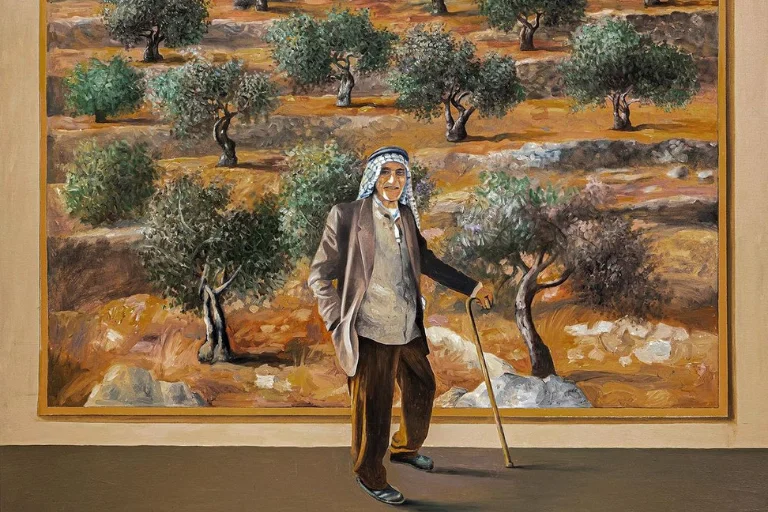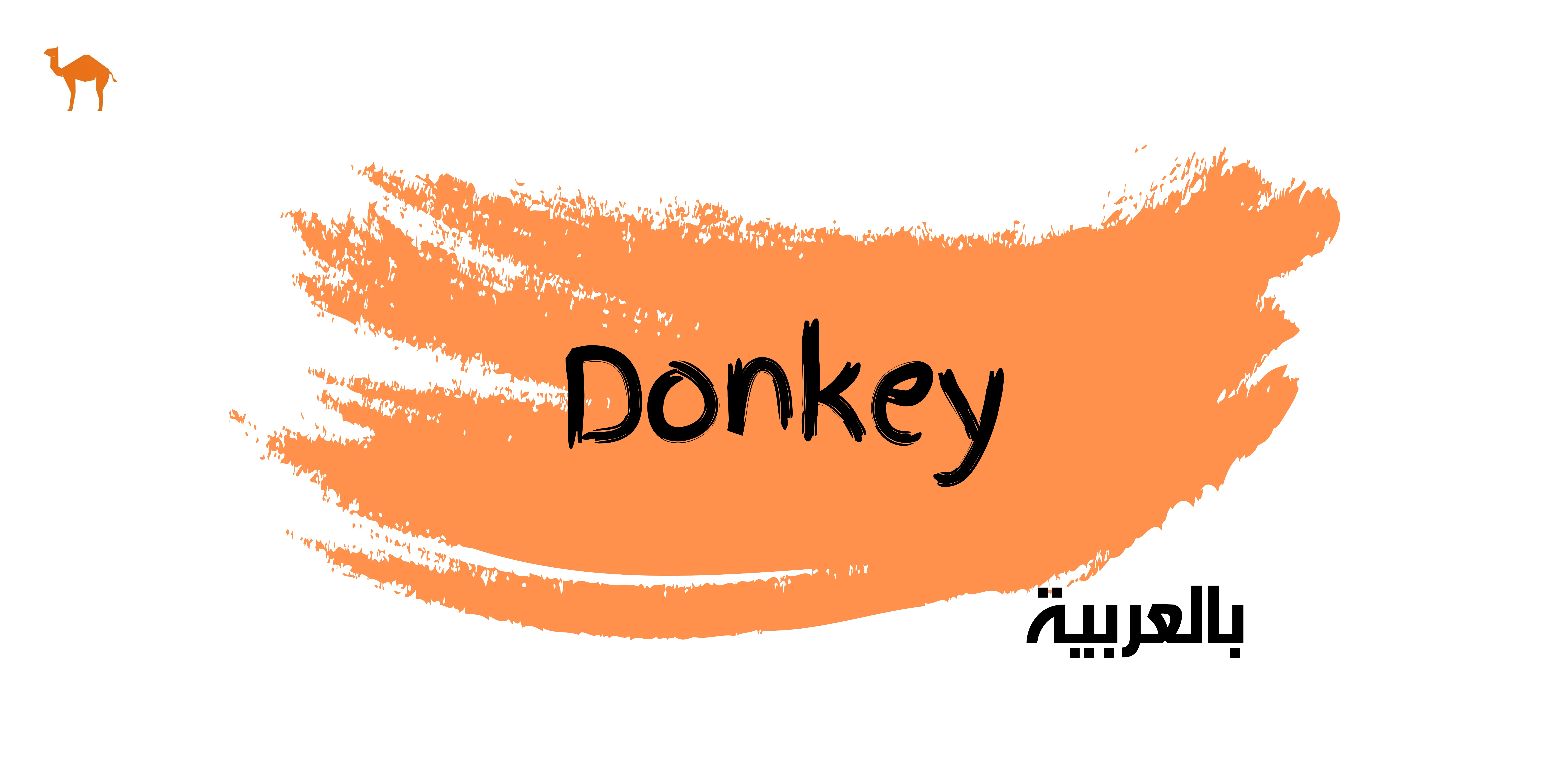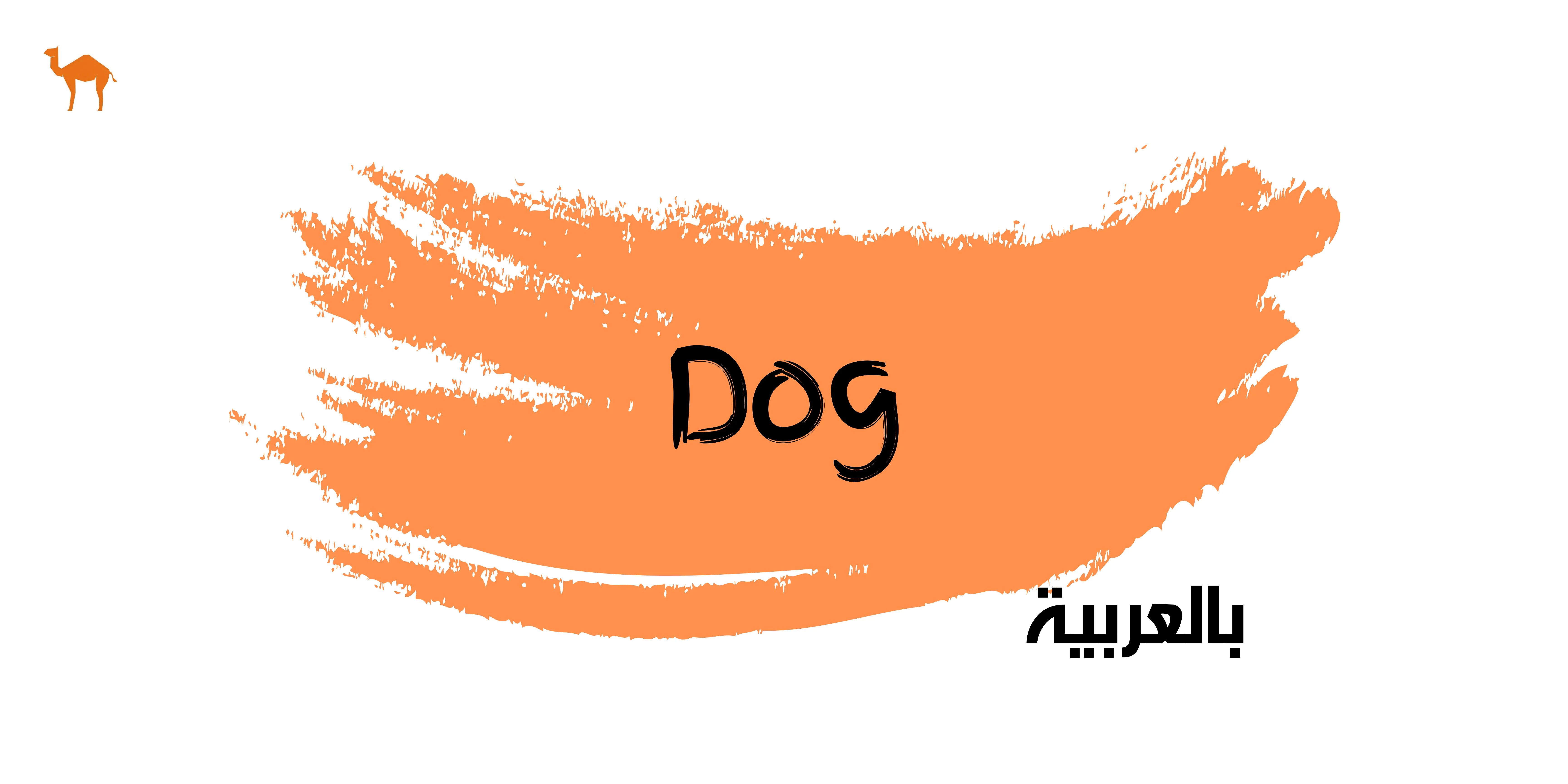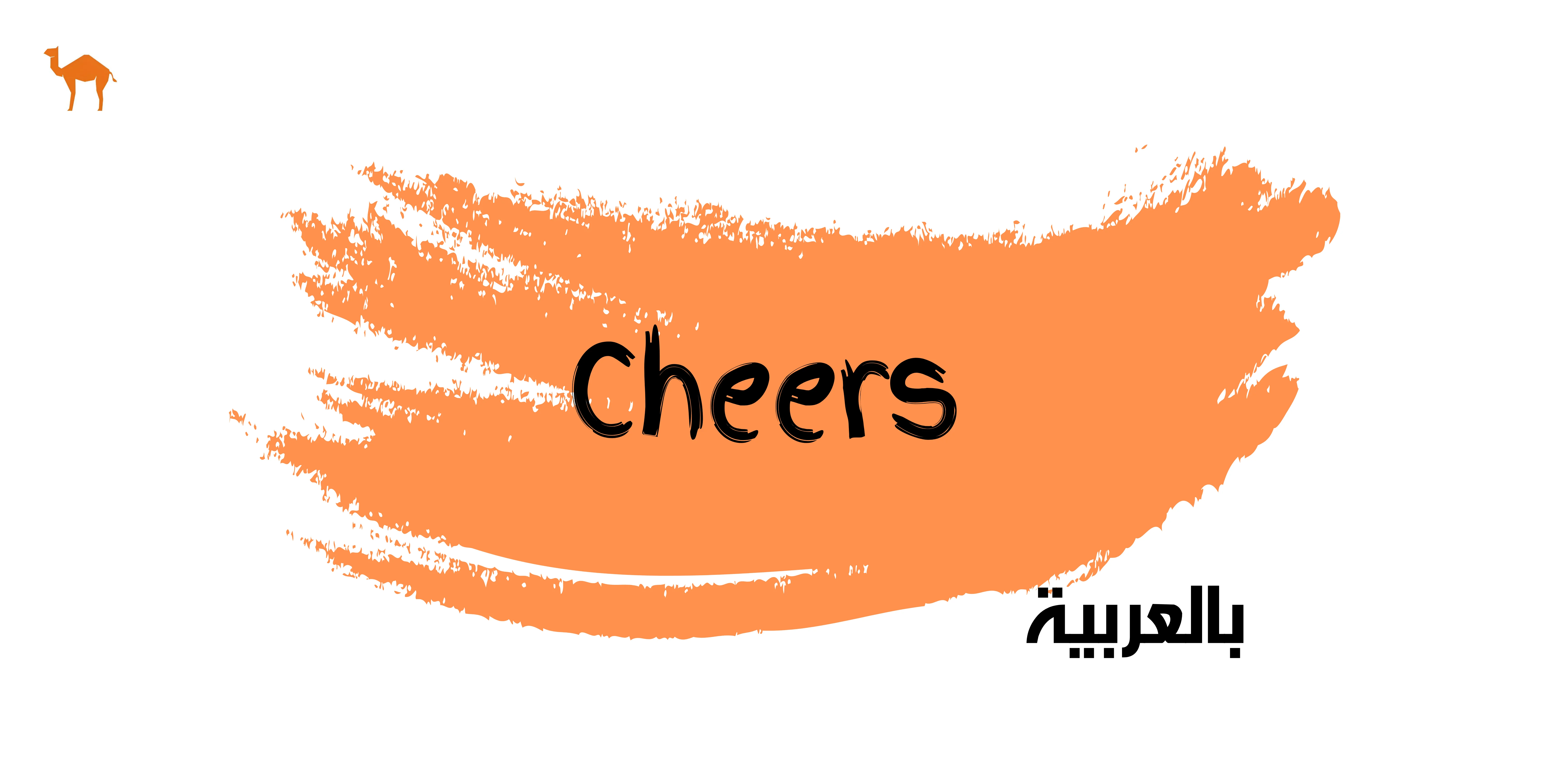Beyond Borders: Exploring the Palestinian Culture

Arab culture has been shaped by various religions and empires, contributing to the unique ethnogenesis of modern Arab culture. The Palestinian culture encompasses a wide range of aspects, such as language, literature, gastronomy, art, architecture, music, spirituality, philosophy, and mysticism, all of which are integral parts of the Arab cultural heritage. Recent events underscore the need for cross-cultural communication. DALIL serves as a bridge between cultures, fostering understanding and empathy through language. It makes the beauty of the Arabic language accessible to all, from the curious traveler to the dedicated student. In this article, we will explore the Palestinian culture along with the richness of Palestinian Arabic.
Exploring the Richness of Palestinian Culture
The Palestinian culture is influenced by the many diverse cultures and religions that have existed in the historical region of Palestine and the state of Palestine. The cultural and linguistic heritage of Palestinian Arabs along with Lebanese, Syrians, and Jordanians is an integral part of Levantine. As follows are what the Palestinian culture is famous for:
- Olive Trees.
Olive trees are a major agricultural crop in the Palestinian territories, where they are mostly grown for olive oil production. The olive tree is seen by many Palestinians as being a symbol of nationality and connection to the land, particularly due to its slow growth and longevity. - Palestinian Embroidery.
The art of traditional embroidery is widespread in Palestine. Originally made and worn in rural areas, the practice is now common in all of Palestine and among members of the diaspora. Women’s village clothing usually consists of a long dress, trousers, a jacket, a headdress, and a veil. Each of these garments is embroidered with a variety of symbols including birds, trees, and flowers. The choice of colors and designs indicates the woman’s regional identity and marital and economic status. - Palestinian Cuisine.
Within Palestine, there is a great diversity of food. Medleys that vary from season to season, street to home, city to village, coast to mainland, and even north to south. Each governorate has its specialties and secrets, priding itself on its quality ingredients and individuality. Within Galilee, you will discover a region famous for its olives, pomegranates, and freshwater fish. The West Bank boasts heavier dishes with lentils, meats, and traditional breads. The cuisine in Gaza is rich in seafood and spices but also celebrates mouth-watering skewered meats and chili peppers. Palestinian sweet treats are world-renowned, normally featuring pastries, sweetened cheeses, nuts, and dates.
Exploring the Richness of the Palestinian Arabic
Palestinian Arabic is the way people talk in Palestine. It’s not just one way of speaking, but many, depending on where you are in Palestine. It’s part of a big family of Arabic spoken in the region called Levantine Arabic (Shami dialect), which includes other countries like Jordan, Syria, and Lebanon. Even within Palestine, there are different ways of speaking Palestinian Arabic. Imagine if you traveled from one city to another in Palestine—you might notice that people talk a bit differently in each place!
For instance, the way Palestinian people speak in Ramallah might have some differences compared to how they speak in Gaza City, Hebron, or Nablus. These regional variations of Palestinian Arabic add even more richness and flavor to the Arabic language, showing how diverse and colorful Palestinian culture truly is.
Palestinian Arabic is present in every aspect of Palestinian life. It appears in poetry, capturing the beauty of the land and the struggles of the people. It’s heard in music, celebrating Palestinian resilience and resistance. In literature, it narrates the tales of past and present generations. Most importantly, in everyday interactions among Palestinians, language serves as a powerful tool for building community and preserving traditions. Palestinian Arabic closely resembles Modern Standard Arabic – the standard form used for writing and official purposes – making this dialect ideal for those wishing to study written Arabic or to use Arabic in professional environments.
In times of challenges, creativity and innovation unite people. DALIL plays a vital role in bridging the East and West, nurturing a future where understanding and empathy are universal languages. DALIL envisions an interconnected world where everyone benefits from and values a multilingual and multicultural education.
Join now for a free trial with DALIL and we’ll show you how our technologies can make your teaching more effective.


